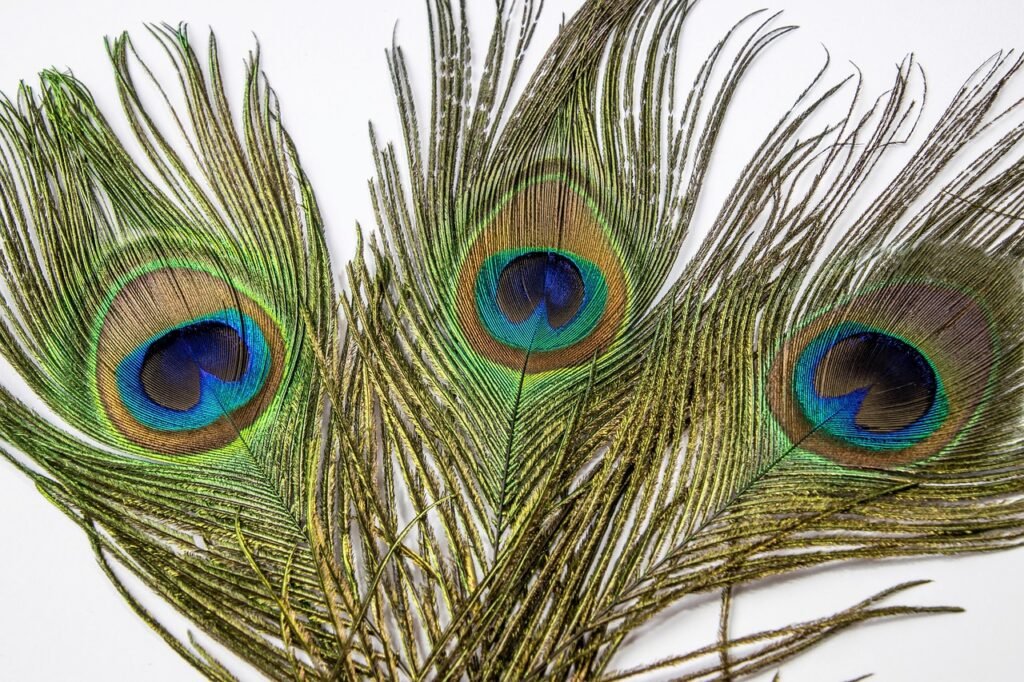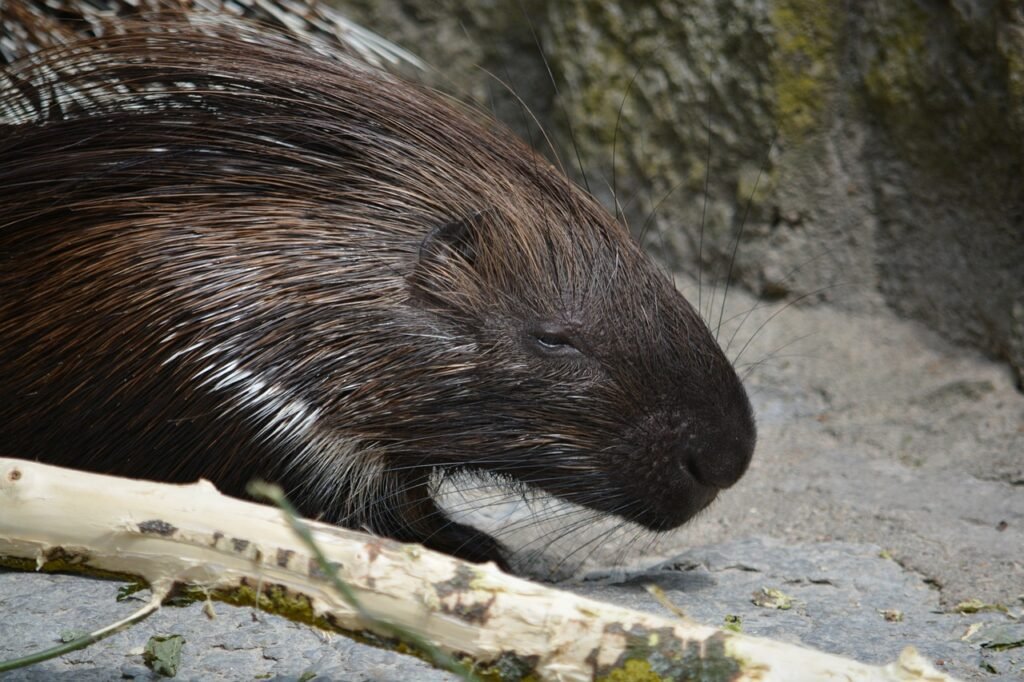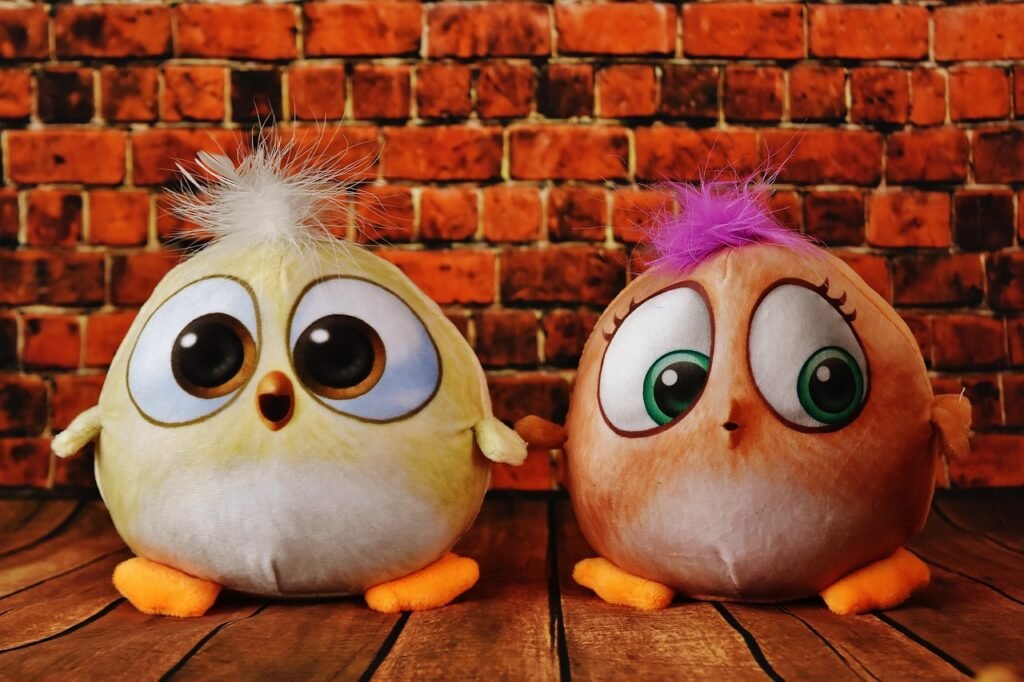Ensuring proper hydration is essential for the health and well-being of porcupines. Introducing water play and creating hydration stations not only encourages water consumption but also adds an enriching and stimulating element to their environment. In this guide, we explore the world of water wonders, offering insights into hydration stations and water play for your quilled companions.
1. Understanding Porcupine Hydration Needs:
- Porcupines, like all animals, require an adequate intake of water for overall health. Providing opportunities for water play can entice them to stay hydrated while enjoying a fun and engaging experience.
2. Hydration Stations:
- Set up hydration stations within their enclosure. Use shallow and secure bowls or dishes to ensure easy access for drinking. Place multiple stations in different areas to encourage exploration.
3. Adding a Splash of Fun:
- Introduce shallow containers or basins with a small amount of water. Porcupines may enjoy dabbling in the water with their paws, creating a playful and interactive experience.
4. Floating Enrichment Items:
- Place safe and floatable items in the water, such as clean rubber toys or floating platforms. This adds an extra layer of stimulation as your porcupine interacts with the objects while staying refreshed.
5. Water-resistant Chew Toys:
- Explore water-resistant chew toys. These toys can be placed in the water, providing a dual-purpose experience as your porcupine chews on safe materials while enjoying the aquatic environment.
6. Misting or Spraying:
- Use a fine mist or spray bottle to lightly mist water in the air. Some porcupines may enjoy the sensation of gentle water droplets, creating a refreshing and sensory-rich experience.
7. Frozen Treats:
- Freeze small, safe treats in ice cubes and offer them to your porcupine. This not only encourages hydration but also provides a cooling treat, especially during warmer seasons.
8. Water Play with Fruits:
- Float slices of safe fruits in water. Not only does this add a fruity aroma to the environment, but your porcupine may also engage in play by nudging or retrieving the floating fruit.
9. Supervised Wading Pools:
- Consider introducing a small, supervised wading pool filled with a shallow amount of water. Supervise your porcupine to ensure they interact safely with the water and do not become stressed.
10. Positive Reinforcement:
- Use positive reinforcement and gentle encouragement during water play. Reward your porcupine with treats or verbal praise to create positive associations with the water-based activities.Tips for Introducing Water Play:
- Gradual Introduction: Introduce water play gradually to allow your porcupine to become accustomed to the new elements. Some may be cautious initially, so patience is key.
- Supervision is Essential: Always supervise water play to ensure your porcupine’s safety. Be attentive to their reactions and intervene if they show signs of stress.
- Monitor Water Quality: Regularly check and change the water in hydration stations or play areas. Clean and fresh water encourages regular drinking and ensures a hygienic environment.
- Temperature Considerations: Be mindful of the water temperature, especially if introducing frozen treats or wading pools. Ensure the water is at a comfortable temperature for your porcupine.
- Individual Preferences: Each porcupine may have different preferences when it comes to water play. Observe their reactions and tailor the water-based activities to suit their individual likes.
By incorporating water wonders into your porcupine’s environment, you not only promote proper hydration but also offer them an enriching and enjoyable experience. Water play can become a source of entertainment, mental stimulation, and a delightful way for your quilled friend to beat the heat. With a thoughtful approach and consideration for their preferences, you can turn hydration into a water wonderland for your porcupine.



